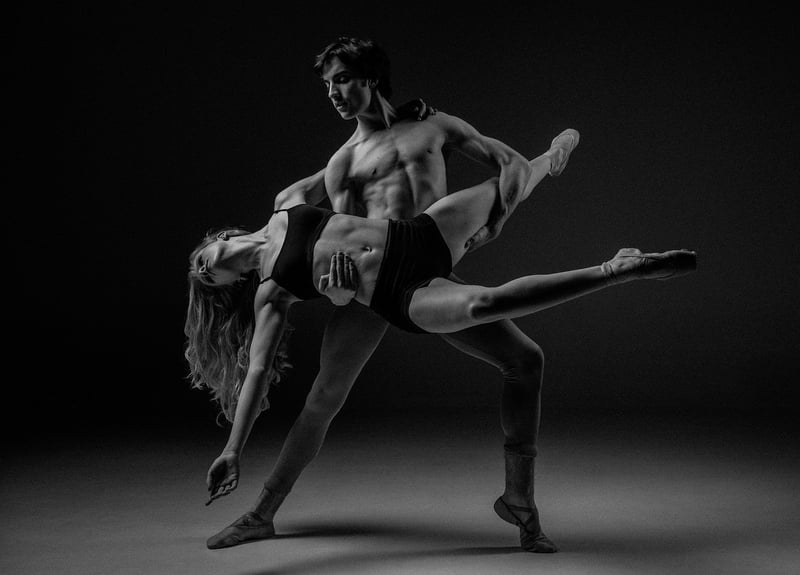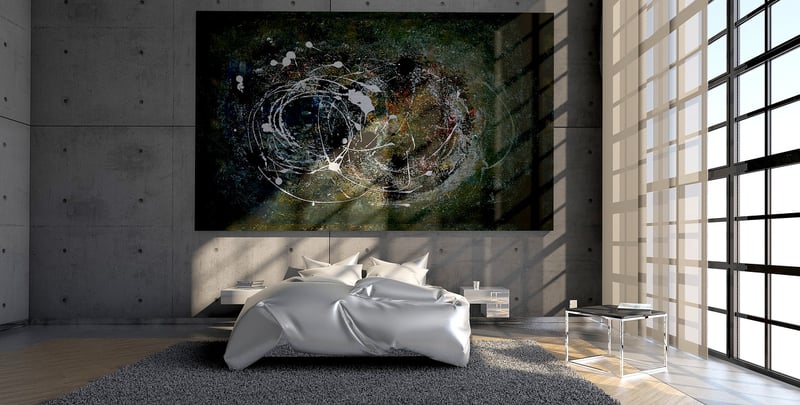Contemporary
Exploring Expressive Movement Forms in Contemporary Dance
Contemporary dance is a dynamic art form that allows dancers to express a wide range of emotions and ideas through movement. One of the key elements of contemporary dance is the use of expressive movement forms, which can include a variety of techniques and styles that convey meaning and evoke emotions.
Types of Expressive Movement Forms
Expressive movement forms in contemporary dance can take many different shapes and forms. Some common types include:
- Improvization: Dancers create movement spontaneously, responding to music, emotions, or other stimuli in the moment.
- Release Technique: Emphasizes fluidity and freedom of movement, allowing dancers to explore new ways of moving their bodies.
- Contact Improvisation: Focuses on the connection between dancers, often involving weight-sharing and non-verbal communication.
- Gaga: Developed by Ohad Naharin, this movement language emphasizes sensation and imagery in dance.
- Butoh: A Japanese dance form that often explores themes of darkness, transformation, and the surreal.
Exploring Emotions through Movement
Expressive movement forms in contemporary dance provide dancers with a powerful tool for exploring and expressing a wide range of emotions. Through movement, dancers can convey joy, sadness, anger, love, fear, and much more. By embodying these emotions physically, dancers can create compelling performances that resonate with audiences on a deep and visceral level.
Benefits of Using Expressive Movement Forms
There are many benefits to incorporating expressive movement forms into contemporary dance practice. Some of these benefits include:
- Enhanced emotional expression
- Improved body awareness and control
- Increased creativity and artistic exploration
- Greater connection with other dancers and the audience
- Opportunities for personal growth and self-discovery
Conclusion
Expressive movement forms play a vital role in contemporary dance, allowing dancers to communicate complex emotions, ideas, and stories through the language of movement. By embracing a variety of movement techniques and styles, dancers can unlock new possibilities for artistic expression and connect with audiences in meaningful and profound ways.

